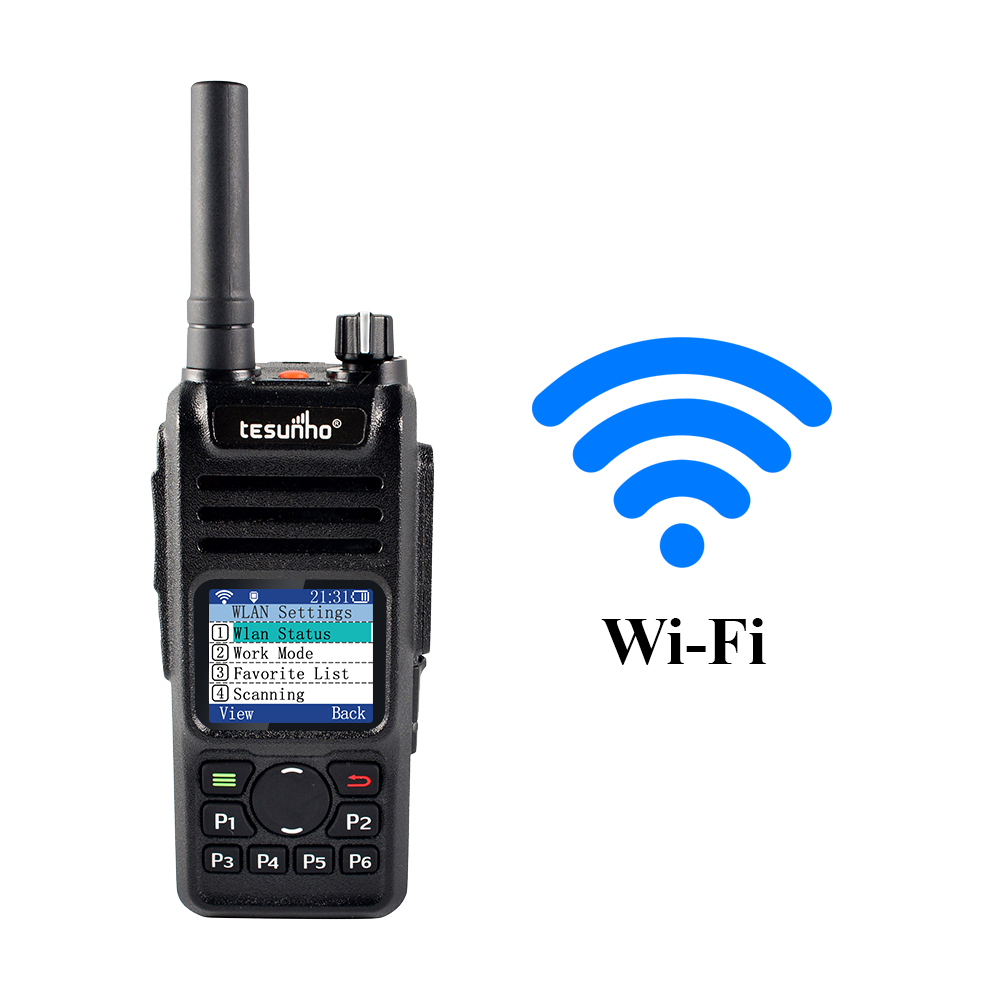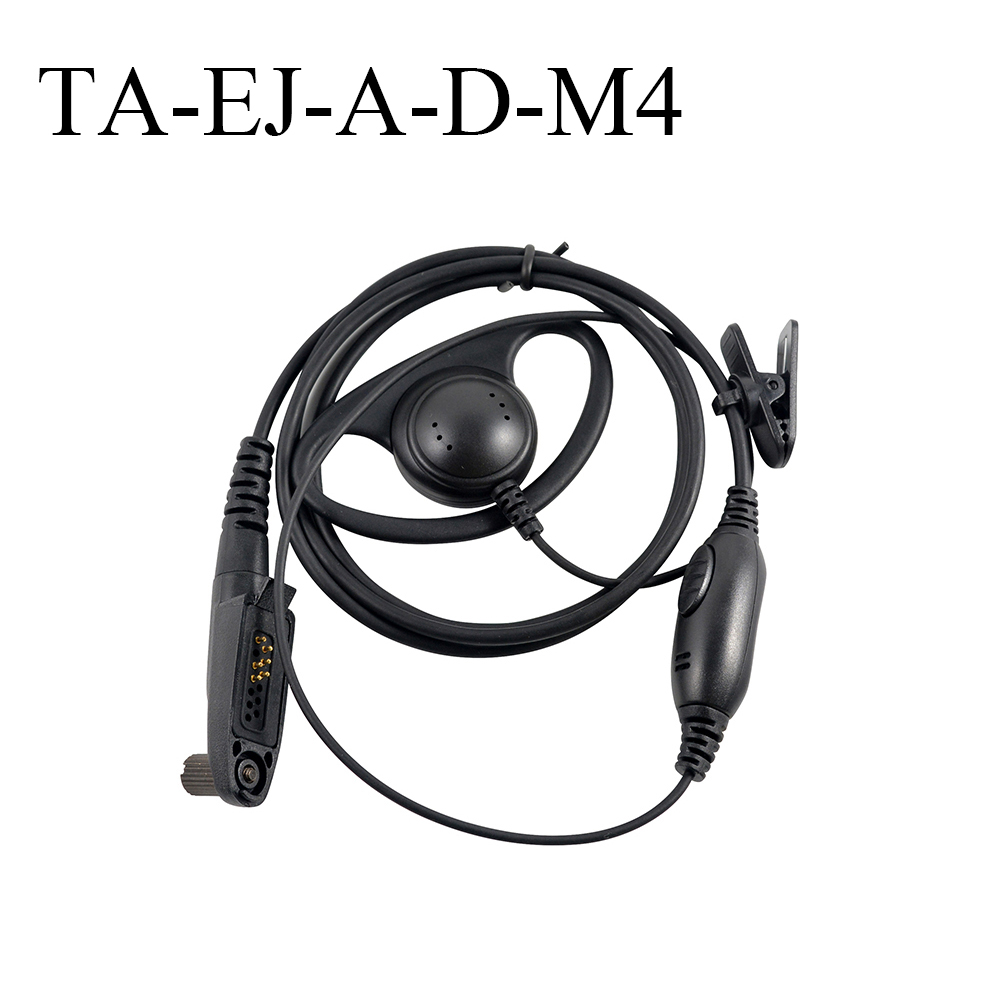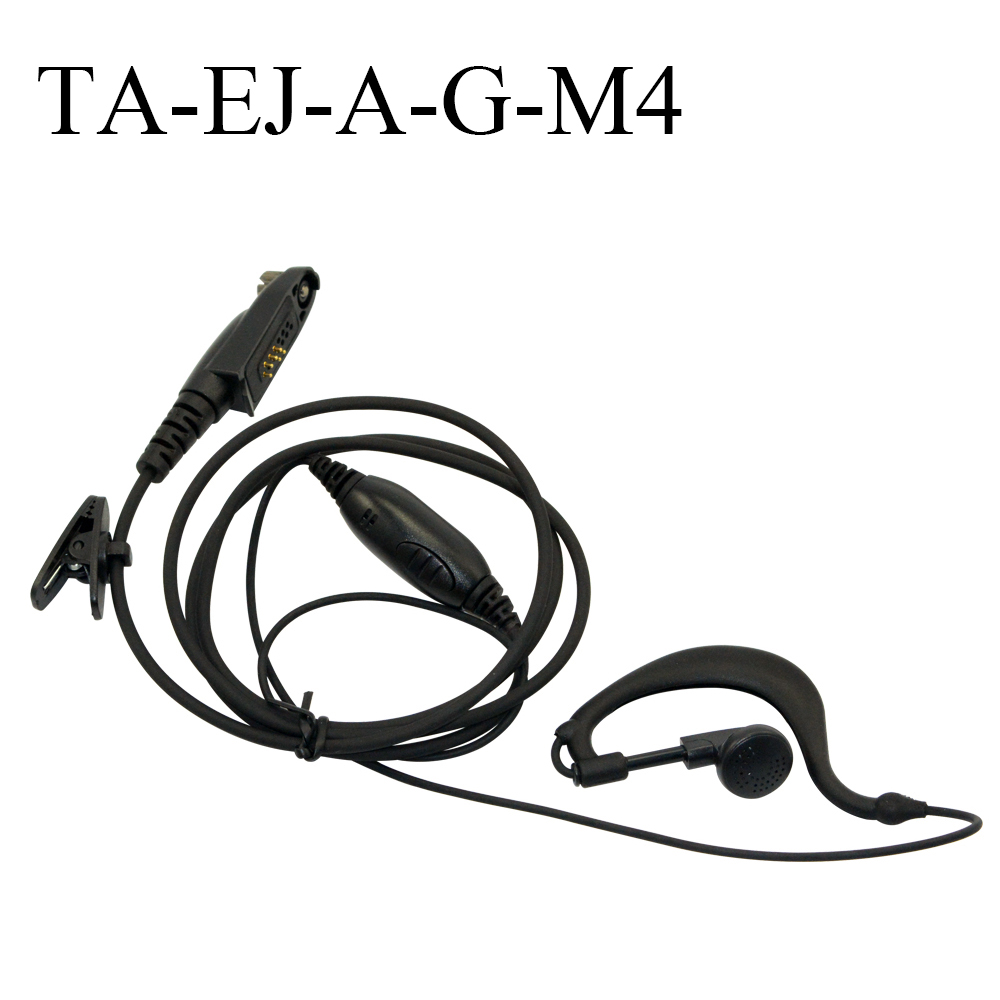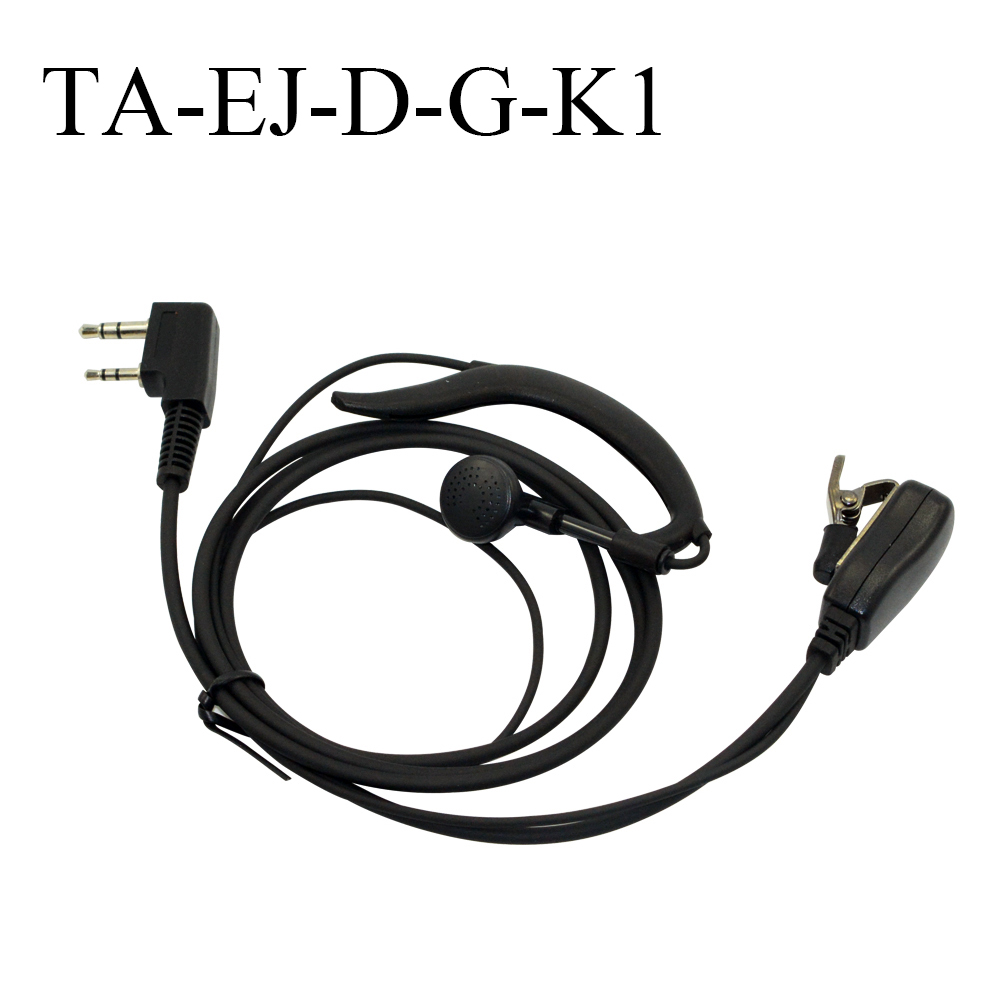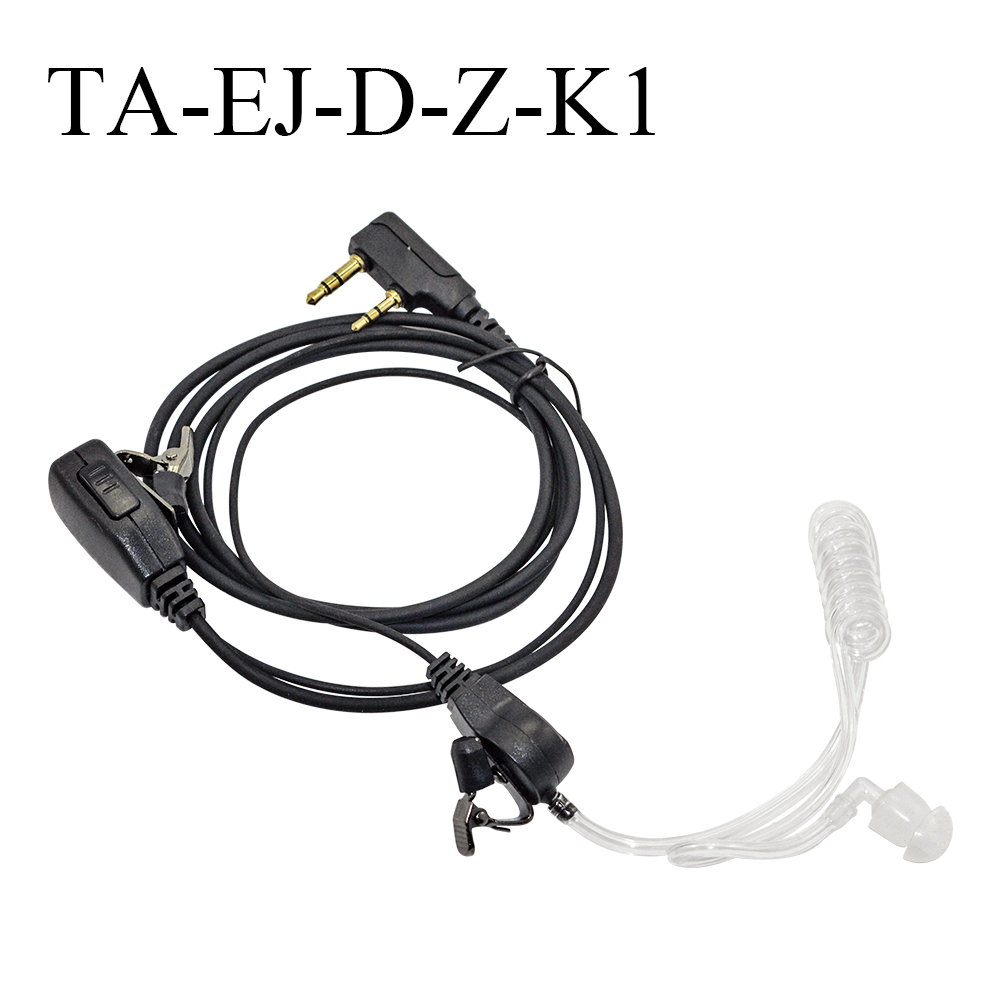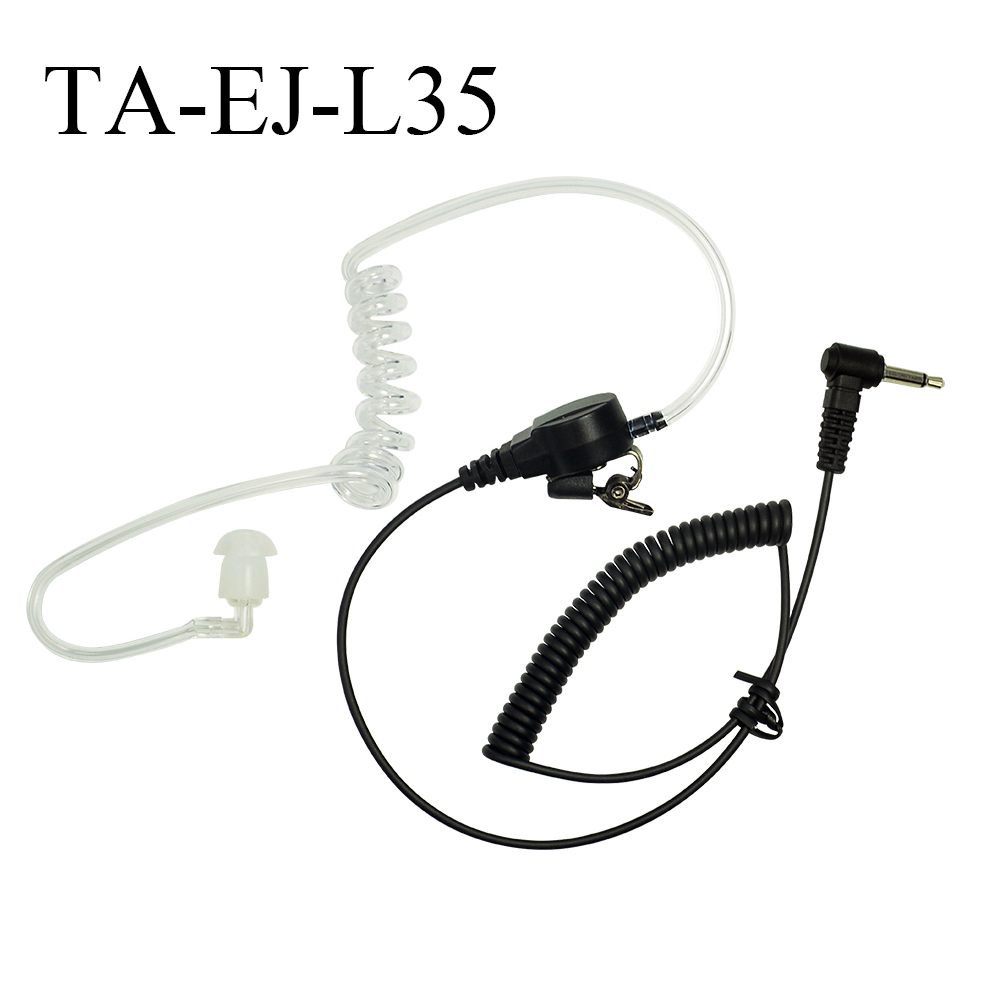A PoC (Push-to-Talk over Cellular) radio is a type of communication system that allows instant voice communication over cellular networks. Although PoC radios work similarly to traditional two-way radios/walkie-talkies, instead of using radio frequencies, they utilize cellular networks to transmit voice data.
PoC radios combine the convenience and flexibility of smartphones with the reliability and security of traditional two-way radios. Therefore, they are widely used in public safety, event management, rescue, transportation, logistics, construction and other industries. Key benefits include:
1. Wide Coverage Area
PoC radios utilizing 2G/3G/4G cellular networks, or even Wi-Fi networks, have a much wider coverage area than traditional radio systems that are limited by the range of radio frequencies. As long as there is network coverage, users can communicate nationally or even internationally.
2. Instant PTT Communication
Similar to traditional two-way radios, PoC radios enable push-to-talk (PTT) communication. Instead of dialing or waiting for phone calls, users can simply press and hold the PTT button to communicate with individuals or groups instantly and efficiently.
3. Enhanced Communication Experience
PoC radios provide high-quality audio communications over cellular networks, avoiding the noise and interference commonly associated with traditional analog two-way radios. Even in harsh environments with intense noise, PoC radios can further improve communication quality through noise cancellation technology.
4. Versatility and Flexibility
PoC radios typically offer various features to improve efficiency and security, such as private call, group call, quick call, indoor positioning, GPS tracking, SOS, APRS, NFC, Bluetooth, dispatch system, device management cloud platform, and more. Users can also customize the features to meet different requirements.
5. Cost-Effective Solution
PoC radios leverage existing cellular networks, eliminating the need for building and maintaining separate radio infrastructure. This leads to significant cost savings compared to traditional radio systems.
The benefits mentioned above make PoC radios an attractive option for industries that require reliable and efficient communication solutions. However, PoC radios have some disadvantages, like dependence on cellular networks, data usage, and complexity. Users should carefully weigh the advantages and disadvantages to determine if PoC radios are appropriate for their specific communication needs.

